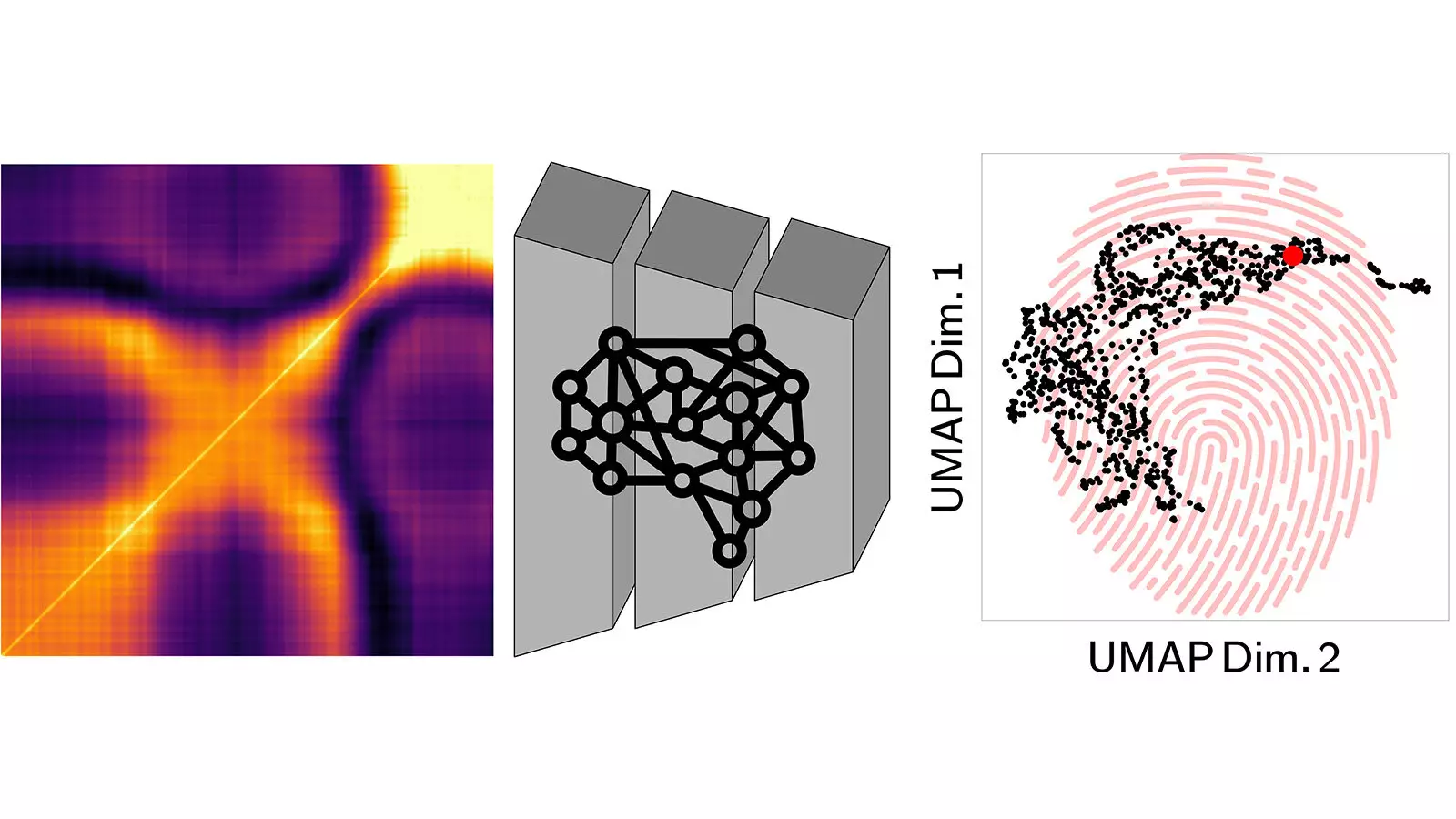In the ever-evolving realm of material science, the fusion of traditional techniques with modern technology has catalyzed unprecedented advancements. Among the most intriguing developments is a groundbreaking methodology that combines X-ray photon correlation spectroscopy (XPCS) with artificial intelligence (AI) and machine learning principles. This innovative approach assembles distinct “fingerprints” of various materials, enabling scientists to delve deeper into the complex behaviors of these substances under various conditions. As materials age, especially under stress or relaxation, understanding these dynamics has become crucial for multiple industries, ranging from engineering to pharmaceuticals.
Illuminating the Shadows: X-Ray Scattering and AI
The pioneering study conducted by researchers at the Advanced Photon Source (APS) and the Center for Nanoscale Materials (CNM) within Argonne National Laboratory presents a substantial leap in our ability to analyze material properties with AI’s assistance. At the core of this investigation lies a unique interaction between X-rays and materials, whereby scattering patterns reveal intricate details about their nature. Yet these patterns often resemble an indecipherable web, too complex for conventional analysis methods. As Argonne postdoctoral researcher James (Jay) Horwath articulated, the intricacies captured through XPCS present significant challenges even to seasoned experts.
The novel application of unsupervised machine learning algorithms—where no prior expert training is necessary—offers a beacon of hope. Similar to how the human brain interprets data, the AI effectively learns to identify and categorize patterns concealed within the X-ray scattering configurations produced by colloidal solutions. The implications of this are monumental; by distilling the original X-ray images into simplified yet revealing representations—or “fingerprints”—researchers can reconstruct a more straightforward narrative of material behavior.
The Significance of Material Fingerprints
A pivotal aspect of this research hinges on the development of these specialized fingerprints, achieved through a method known as an autoencoder. This particular neural network model not only compresses the original data but also facilitates a reverse transformation, allowing scientists to access both essential information and the full array of data. Essentially, these fingerprints serve as a “genome” for the material, encapsulating all necessary information to reconstruct its broader picture.
What makes this mapping of material fingerprints incredibly compelling is the ability to categorize these patterns into neighborhoods. By clustering similar fingerprints, researchers can glean insights into how the materials respond under different conditions, revealing their structural evolution over time. It’s reminiscent of unraveling the DNA of a material, which opens doors to predicting future behaviors based on historical data.
The Role of AI in Advanced Photon Science
As we look ahead to the anticipated upgrades of the APS, with an expected enhancement of X-ray brightness by a staggering factor of 500, the importance of AI is magnified. The optical advancement means generating vastly more data points than ever before, a challenge that simply overwhelms traditional analytical capabilities. Horwath emphasizes the undeniable need for AI, stating that “the data we get from the upgraded APS will need the power of AI to sort through it.”
This is an exciting intersection of technology and science, where computational expertise coexists with experimental findings. Collaborative efforts between theory and computational groups at Argonne aim not only to analyze existing data but also to simulate future scenarios. Creating synthetic datasets will provide indispensable training for further refining the AI models involved in this research.
Implications Beyond Immediate Research
This confluence of material science and cutting-edge technology has waves of implications beyond immediate research outcomes. Industries reliant on high-performance materials, be they in aerospace, electronics, or healthcare, stand to gain significantly from improved understanding and prediction of material performance. Moreover, this melding of AI with physical sciences could catalyze the creation of novel materials tailored specifically for demanding applications.
The AI-NERD project exemplifies how material science is becoming increasingly interdisciplinary—drawing on the strengths of computing, physics, and engineering. As it matures, this approach not only promises to deepen our comprehension of material dynamics but also reshapes the very landscape of material discovery and innovation. The door is now wide open for new paradigms and breakthroughs that could redefine our approach to material design and application in the years to come.


Leave a Reply